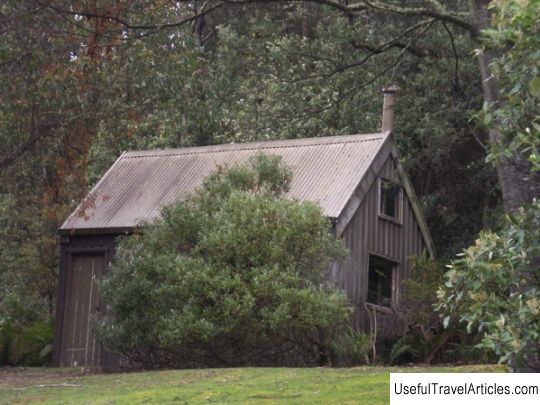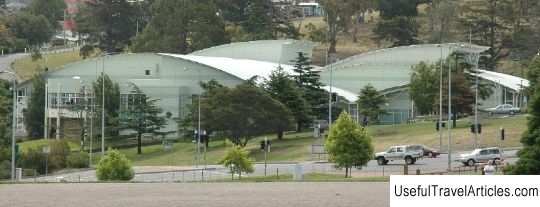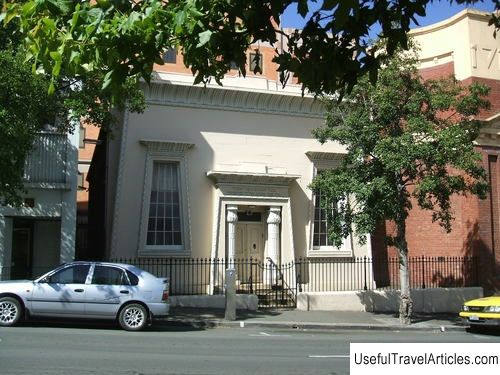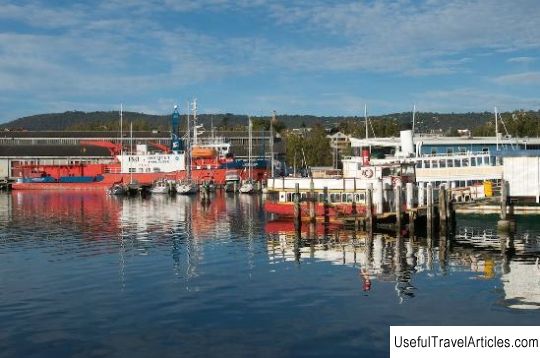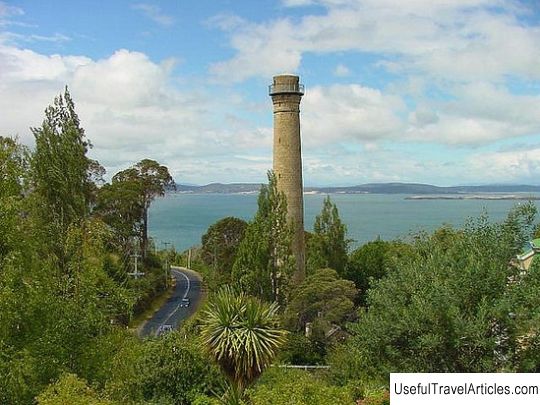Mount Wellington description and photos - Australia: Hobart (Tasmania)
Rating: 8,1/10 (2340 votes) 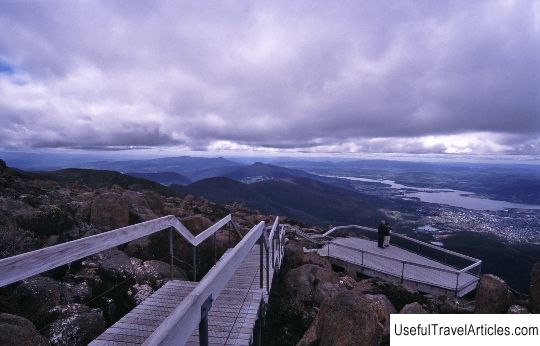
Mount Wellington description and photos - Australia: Hobart (Tasmania). Detailed information about the attraction. Description, photographs and a map showing the nearest significant objects. The name in English is Mount Wellington. Photo and descriptionAt the foot of Mount Wellington in 1804, the city of Hobart, the capital of the state of Tasmania, was founded. Today the locals call it simply "The Mountain". It rises 1271 meters above the city, and its silhouette is visible from almost anywhere in Hobart. The mountain is covered with snow for most of the year, sometimes even in summer. Its slopes are overgrown with dense forest, but at the same time they are crossed by many hiking trails. A narrow road about 22 km long leads to the summit, and from the observation deck near the summit, there is a breathtaking view of the city lying below, the Derwent River Delta and the UNESCO World Heritage Site located about 100 km to the west. And if you look at Mount Wellington from Hobart, you can see the famous rock formations from large-crystalline basalt, known as the Organ Trumpet. Sometimes the mountain is called a dormant volcano, although this is not so - it was formed when the Australian continent separated from the great continent of Gondwana about 40 million years ago. The aboriginal inhabitants of Tasmania called the mountain "Ungbanyletta", "Puravetter" or " Kunaniy ". The Palawan people, descendants of the first inhabitants of the island, still prefer these names. It is believed that the first people appeared in Tasmania about 30-40 thousand years ago. Their beliefs and traditions, combined with modern archaeological evidence, suggest that they lived on and around Mount Wellington for most of this period. Dutch navigator Abel Tasman, who discovered the island in 1642, most likely Mount Wellington did not see - his ship sailed at a considerable distance from the southeast coast of Tasmania. Until the end of the 18th century, no other European ever set foot on the island's land. Only in 1798 the Englishman Matthew Flinders appeared here, sailing around Tasmania. He named Mount Wellington "Table Mountain" for its similarity to the mountain of the same name in South Africa. The mountain got its current name in 1832 in honor of the Duke of Wellington, who defeated Napoleon at the Battle of Waterloo. During the 19th and 20th centuries, the mountain was a popular holiday destination for the people of Hobart. Many excursion sites were built on its lower slopes, but none have survived to this day - all of them were destroyed in 1967 during a terrible forest fire. Today, picnic areas have been set up on the site of some of the burned-out tourist camps.       We also recommend reading City Park (Stadtpark) description and photos - Austria: Vienna Topic: Mount Wellington description and photos - Australia: Hobart (Tasmania). |
